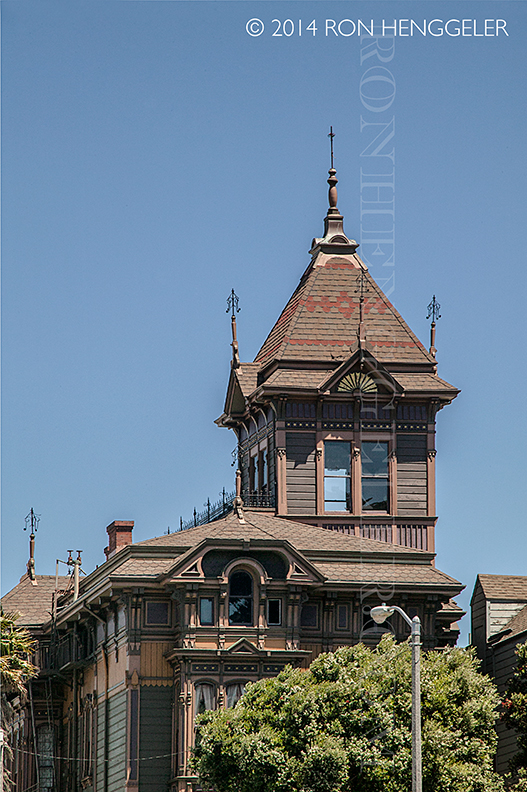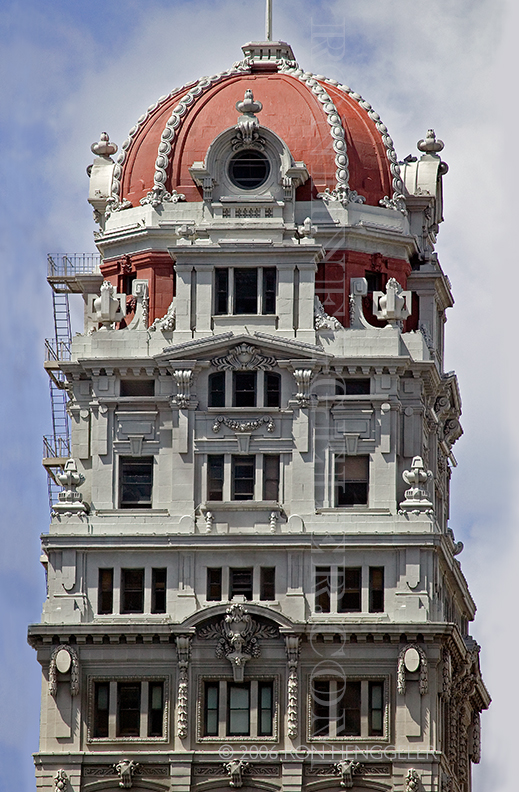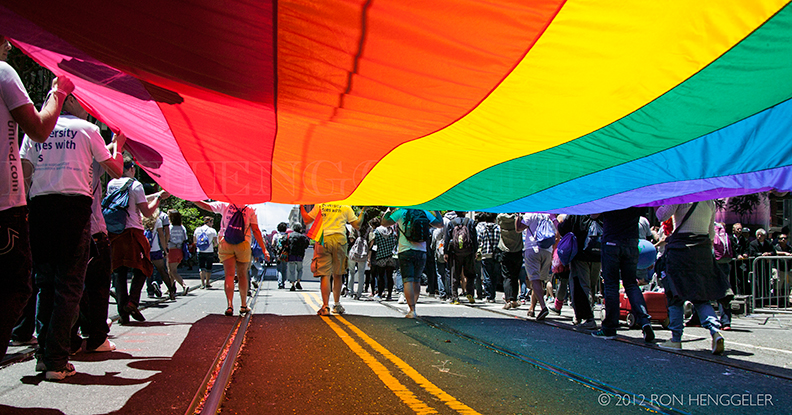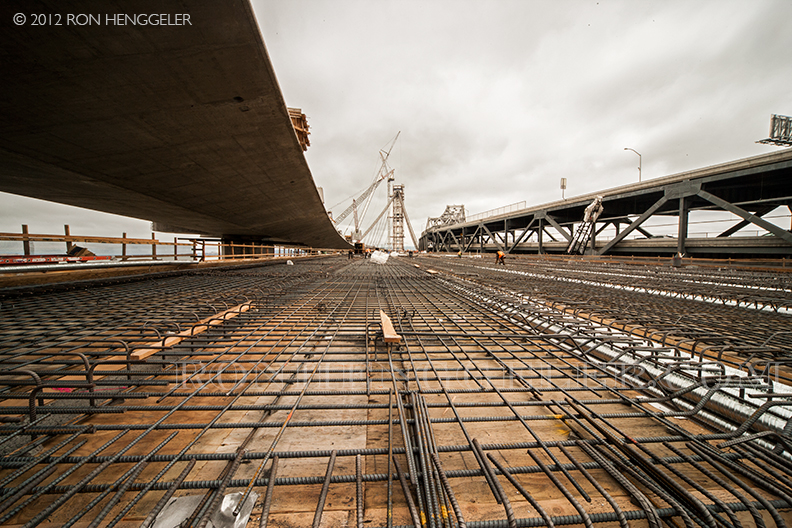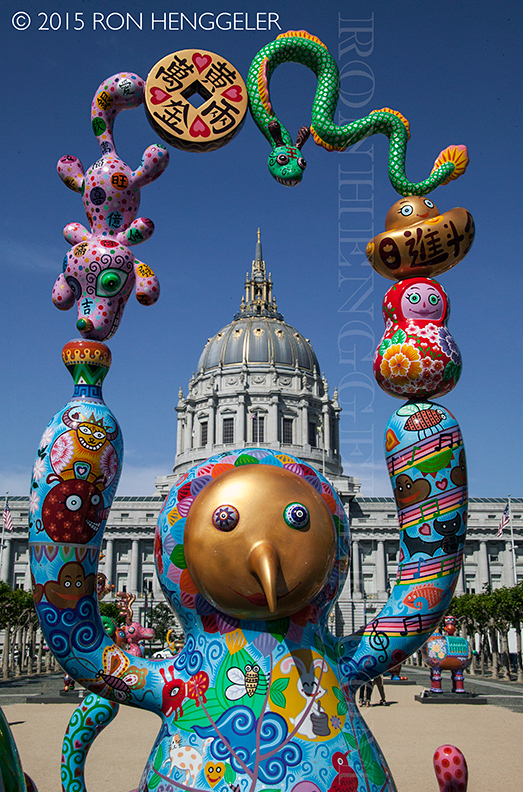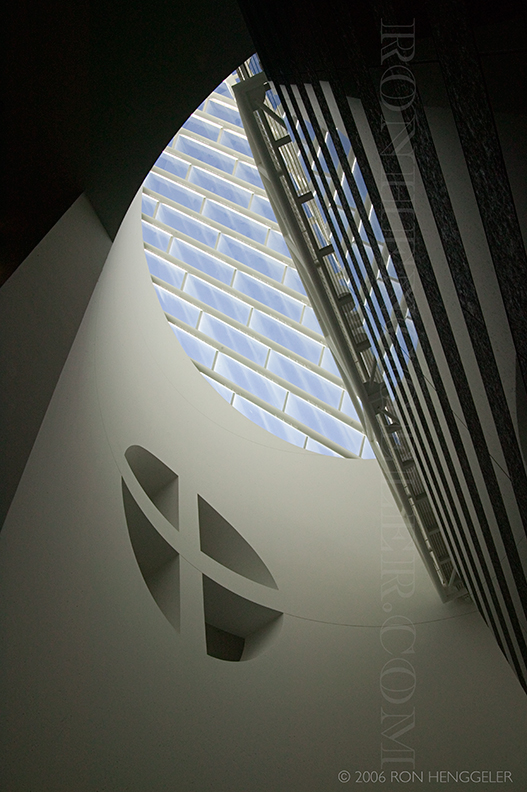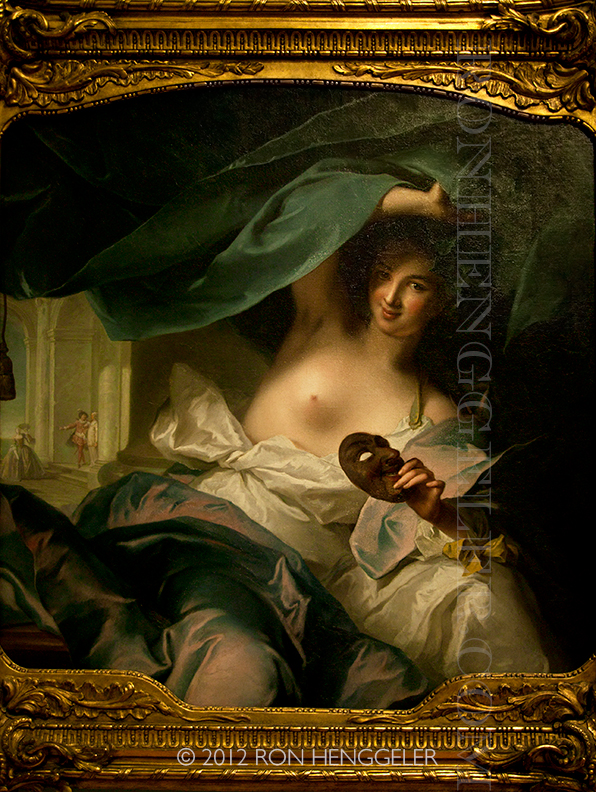RON HENGGELER |
May 9, 2015
Ten years of Newsletters are finally uploaded
Earlier this week, I finished a project that I have been working on daily for the past three months. The project involved reformatting and then uploading nearly 10,000 photographs onto my web site. As many of you on my mailing list know, I have been sharing my photos with you since 2006. Everything that you have received from me over the past ten years is now posted on my web site in the section titled NEWSLETTERS. Go to any year in this section, click on a thumbnail image, and the collection of photos with the accompanying text from that day will open up for viewing. Here are a few photos taken from the newsletters to give you an impression of this body of work.
The full moon rising over San Francisco on the Summer Solstice, as seen from Sausalito |
Janis |
City Hall flood-lit in support of the San Francisco Giants during the World Series |
California Gold Rush-era relics found at a construction site in San Francisco's Financial District |
A vacated store's window on Mission at 10th in San Francisco |
Hyatt Regency San Francisco on the Embarcadero |
California Volunteers, Spanish-American War Memorial Statue by Douglas Tilden, at Dolores and Market Street in San Francisco |
California Gold Rush-era bottles found at a construction site near the AT&T Ball Park south of Market |
Homeless and adrift on Market Street in San Francisco |
Detail of View of San Francisco in 1850, by George Henry Burgess, at the Oakland Museum of California |
San Francisco Bay and the Golden Gate Bridge as seen from the end of the Berkeley Marina Pier |
The final moments of the sun setting as viewed from the top of Yerba Buena Island |
The Pink Triangle on Twin Peaks during PRIDE Weekend |
Summer's fog at the Gate as seen from Aquatic Park |
Hermina |
The deconstruction of the cantilevered eastern span of the Bay Bridge as seen from Yerba Buena Island |
The death mask of Leland Stanford Jr. on display at the Cantor Arts Center, Stanford University |
Carefree and happy on Ocean Beach in San Francisco |
The base of the north tower of the Golden Gate Bridge as seen from Battery Spencer in the Marin Headlands |
Part of a turn-of-the-century Easter display at Joe Pecora's |
Detail of "Pax Jerusalem" (1999), a large, painted-steel sculpture by Mark di Suvero in front of the Legion of Honor |
Somebody's mother? On Mission Street near 2nd across from the construction site of the upcoming Salesforce Tower |
Francisco |
The Transamerica Building and the Sentinel Building, (AKA Coppola's Cupola) as seen from Broadway and Columbus Avenue |
The Holy Virgin Russian Orthodox Church built in 1880 On Fulton St. near Alamo Square |
Not singing in the rain . . . not singing in the rain, not a glorious feeling . . .not singing in the rain |
Oculus . . . named after the 33ft diameter opening high atop the dome of the Pantheon in Rome . . . where sacred light enters the space |
The living room and parlor of the Brune-Reutlinger House built in 1886 SAN FRANCISCO in the years before the 1906 fire provided a sort of Big Rock Candy Mountain for the entire American people. . . Good Americans when they died might, in the terms of the epigram, go to Paris. While they where alive they wanted to go to California. Oceans of champagne, silk hats and frock coats, blooded horses, and houses on Nob Hill, these were the rewards that came to the industrious, the far sighted, or the merely fortunate. What better scheme of things, at least on this side of the river, could any man ask? Lucius Beebe |
Looking northeast at the Marin Headlands from inside the ruins of a World War 2 bunker that is situated high atop the coastal ridge above the Point Bonita Lighthouse. |
Men Working on I-Beam 1935 “This is an I-bar, one of many that was joined on to the center anchorage. |
The water colored twilight, |
Gretrude Stein by Jo Davidson at the San Francisco Museum of Modern Art |
Haight Street near Ashbury in San Francisco |
2011 LGBT Pride Parade on Market Street in San Francisco |
Christmas at Joe's in the Western Addition near Alamo Square |
Muir Woods I thank you God for this most amazing day, for the leaping greenly spirits of trees, and for the blue dream of sky and for everything which is natural, which is infinite, which is yes. e. e. cummings |
Gizmo |
The billboard above the gas station at Pine and Van ness Avenue in San Francisco |
Joan of Arc statue by Anna Vaughn Hyatt Huntington, at the Legion of Honor. Joan of Arc, nicknamed “The Maid of Orléans” is a national heroine of France and a Roman Catholic saint. A peasant girl born in eastern France who claimed divine guidance, she led the French army to several important victories during the Hundred Years’ War, which paved the way for the coronation of Charles VII. She was captured by the Burgundians, transferred to the English for money, put on trial by the pro-English Bishop of Beauvais, and burned at the stake when she was 19 years old. |
Rudderless and adrift on Polk Street in San Francisco |
A view inside the Official’s Quarters at Fort Ross Fort Ross State Historic Park Fort Ross was a thriving Russian-American Company settlement from 1812 to 1841. Fort Ross was the southernmost settlement in the Russian colonization of the North American continent, and was established as an agricultural base to supply Alaska. It was the site of California's first windmills and shipbuilding, and Russian scientists were among the first to record California’s cultural and natural history. Fort Ross was a successfully functioning multi-cultural settlement for some thirty years. Settlers included Russians, Native Alaskans and Californians, and Creoles (individuals of mixed Russian and native ancestry.) |
Detail of a WPA Mural in Coit Tower |
On Clement Street at 6th Avenue across from Green Apple Bookstore |
A window inside the Columbarium in San Francisco Constructed in 1898 by Bernard J.S. Cahill as part of the Odd Fellows Cemetery, the Neptune Society Columbarium in San Francisco, California is one of The City’s most prized architectural treasures. A beautiful example of neo-classical architecture, The Columbarium features a large rotunda, intricate stained glass windows, mosaic tile floors and more than 8,000 inurnment spaces. |
The Saffron Tower by Dale Chihuly is a 30-foot yellow neon sculpture that was installed in the Pool of Enchantment on the de Young Museum's east side in 2011. The Pool of Enchantment was created in 1917 by the artist Earl Cummings. It consists of a Native American boy playing a flute to two mountain lions in the center. |
Anchor Steam Brewery on Potrero Hill Anchor began during the California Gold Rush when Gottlieb Brekle arrived from Germany and began brewing in San Francisco. In 1896, Ernst F. Baruth and his son-in-law, Otto Schinkel, Jr., bought the old brewery on Pacific Avenue and named it Anchor. The brewery burned down in the fires that followed the 1906 earthquake, but was rebuilt at a different location in 1907. Fritz Maytag bought the brewery in 1965 and saved it from closure. |
The Sutro Baths Visitors stand on the ruins of the Sutro Baths waiting for another glimpse of Sutro Sam, the headline-grabbing river otter. |
Tule elk in the fog near the Pierce Ranch, at Point Reyes National Seashore History of Tule Elk |
Dr. Jane Goodall |
The Palace of the Legion of Honor in San Francisco High on the headlands above the Golden Gate—where the Pacific Ocean spills into San Francisco Bay—stands the California Palace of the Legion of Honor, the gift of Alma de Bretteville Spreckels to the city of San Francisco. Located in Lincoln Park, this unique art museum is one of the great treasures in a city that boasts many riches. The museum’s spectacular setting is made even more dramatic by the imposing French neoclassical building. Constructed on a remote site known as Land’s End—one of the most beautiful settings imaginable for any museum—the California Palace of the Legion of Honor was completed in 1924, and on Armistice Day of that year the doors opened to the public. In keeping with the wishes of the donors, to “honor the dead while serving the living,” it was accepted by the city of San Francisco as a museum of fine arts dedicated to the memory of the 3,600 California men who had lost their lives on the battlefields of France during World War I. |
San Francisco Bay with Alcatraz and the Golden Gate Bridge as seen from the Grizzly Peak Road in the Berkeley Hills |
San Francisco Museum of Modern Art |
Sutro Sam at the Sutro Baths In January 2013, Naturalists and wildlife aficionados were atwitter about the unexplained presence of a river otter at the ruins of Sutro Baths, the first of the furry mammals seen in San Francisco in at least a half century. The otter, dubbed Sutro Sam, was seen hanging out in a large spring-fed pool along the rocky coast, munching on the many overgrown goldfish dumped into the pond by residents over the years. |
The Westerfield House on Fulton Street at the northwest corner of Alamo Square in the Western Addition |
Fort Point A Civil War-era brick fort, it lies directly below the southern end of the span. Completed in 1861, Fort Point never saw action during the Civil War, and the advent of rifled artillery soon rendered this type of fortification obsolete. During construction of the Golden Gate Bridge, Chief Engineer Joseph Strauss redesigned the bridge to preserve the fortress as a “fine example of the mason’s art. A visit to Fort Point will provide some of the most astonishing views of the Golden Gate Bridge. |
Alcatraz Island The federal prison on Alcatraz Island in the chilly waters of California’s San Francisco Bay housed some of America’s most difficult and dangerous felons during its years of operation from 1934 to 1963. Among those who served time at the maximum-security facility were the notorious gangster Al “Scarface” Capone (1899-1947) and murderer Robert “Birdman of Alcatraz” Stroud (1890-1963). No inmate ever successfully escaped. After the prison was shut down due to high operating costs, the island was occupied for almost two years, starting in 1969, by a group of Native-American activists. Today, historic Alcatraz Island, which was also the site of a U.S. military prison from the late 1850s to 1933, is a popular tourist destination. |
San Francisco and the Bay Bridge just after sunset as seen from the Grizzly Peak Road in the Oakland Hills |
Detail of the Elephant Fountain in Sausalito In Sausalito, the Vina del Mar Park holds some interesting architectural elements. In 1915, San Francisco hosted the Panama-Pacific International Exposition to help in celebrating the opening of the famous Panama Canal. Over 18 million people visited the 1915 San Francisco World’s Fair and this American tribute to modern technologies. The famous ‘Court of the Universe’ complex at the 1915 Panama-Pacific Expo was designed by William B. Faville, from Sausalito. At the conclusion of the 1915 San Francisco Panama-Pacific International Exposition, Faville used his position to ferry his favorite two elephants and one beautiful fountain from the ‘Court of the Universe’ across the San Francisco Bay to his Sausalito home. The triangle-shaped park: Vina del Mar, in Sausalito, holds the 1915 Faville treasures. |
Detail from the Keith Haring Exhibit at the De Young Museum in Golden Gate Park |
The Golden Gate Bridge at night as seen from Battery Spencer in the Marin Headlands |
The new Bay Bridge on opening night viewed from the top of Yerba Buena Island |
The new Bay Bridge on opening night viewed from the top of Yerba Buena Island |
2013 LGBT Pride Parade on Market Street in San Francisco |
The setting sun of the Summer Solstice as seen from Crissy Field |
The Palace of Fine Arts in San Francisco |
The old cantilevered section of the Bay Bridge and the tower of the new Bay Bridge as seen from the Bay Bridge Trail |
Giraffes at the Oakland Zoo The Oakland Zoo has become a national pioneer in elephant welfare. Not only did the zoo help revolutionize the way elephants in captivity are cared for, but it has funded antipoaching programs in Africa, fought for legislation to ban ivory sales and, most recently, helped Oakland become one of the only cities in the U.S. to ban the bullhooks still used by circuses. |
A view inside the Official’s Quarters at Fort Ross Fort Ross State Historic Park Fort Ross was a thriving Russian-American Company settlement from 1812 to 1841. Fort Ross was the southernmost settlement in the Russian colonization of the North American continent, and was established as an agricultural base to supply Alaska. It was the site of California's first windmills and shipbuilding, and Russian scientists were among the first to record California’s cultural and natural history. Fort Ross was a successfully functioning multi-cultural settlement for some thirty years. Settlers included Russians, Native Alaskans and Californians, and Creoles (individuals of mixed Russian and native ancestry.) |
The Sutro Baths |
|
The swimming pool at Hearst Castle William Randolph Hearst started to build a fabulous estate on his ranchland overlooking the village of San Simeon in 1919. He called the estate "La Cuesta Encantada" - Spanish for The Enchanted Hill. By 1947, the hilltop complex included a twin-towered main building, three sumptuous guesthouses, and 127 acres of terraced gardens, fountains, and pools. |
Pioneer Village at Wawona in Yosemite National Park |
Mountain View Cemetery in Oakland California |
2014 LGBT Pride Parade on Market Street in San Francisco |
Humboldt Bank Building at Market and 5th Street in San Francisco |
The Fashion World of Jean Paul Gaultier at the De Young Museum Dubbed fashion’s enfant terrible, Jean Paul Gaultier launched his first prêt-à-porter collection in 1976 and founded his own couture house in 1997. Emerging as a designer in the 1970s, he developed his own dress codes that reflected the changing world around him. The openly gay Gaultier uses his designs to tackle gender and transgender issues through androgynous, gender-bending styles, meanwhile delving even further into some of the darker areas of the sexual revolution. Always provocative, he addresses issues of multiculturalism by bringing ethnic diversity to the Paris runway. Despite the gritty and sometimes controversial context of his collections, the clothes remain beautiful, superbly crafted with the finest dressmaking and detailing skills. |
Detail of the west side of the base of the Fulton Street bell tower |
The Pink Triangle on Twin Peaks at night on Pride Weekend 2012 A huge pink triangle was staked to the hillside of Twin Peaks on Saturday, reminding the thousands celebrating Pride weekend to never forget the past. The nearly 1-acre version of the symbol the Nazis forced gays and lesbians to sew on to their clothing in the 1930s and 1940s could be seen for more than 20 miles on the crisp, clear morning. The pink triangle that once was a sign of shame and persecution has been embraced by the gay community as a symbol of pride. Patrick Carney is co-founder of the Friends of the Pink Triangle and the man who has organized the event for 17 years. Those gathered wore white T-shirts emblazoned with a pink triangle. |
Paramount Theatre in Oakland California |
Big 4 Restaurant on Nob Hill in San Francisco |
On Market Street in San Francisco during the 2012 LGBT Pride Parade |
A view along the roadway of the new Bay Bridge during construction |
Fancy Animal Carnival in San Francisco's Civic Center Plaza 2015 |
The San Francisco Museum of Modern Art |
Detail of an oil painting at the Legion of Honor in San Francisco |
Newsletters Index: 2015, 2014, 2013, 2012, 2011, 2010, 2009, 2008, 2007, 2006
Photography Index | Graphics Index | History Index
Home | Gallery | About Me | Links | Contact
© 2015 All rights reserved
The images are not in the public domain. They are the sole property of the
artist and may not be reproduced on the Internet, sold, altered, enhanced,
modified by artificial, digital or computer imaging or in any other form
without the express written permission of the artist. Non-watermarked copies of photographs on this site can be purchased by contacting Ron.





















































